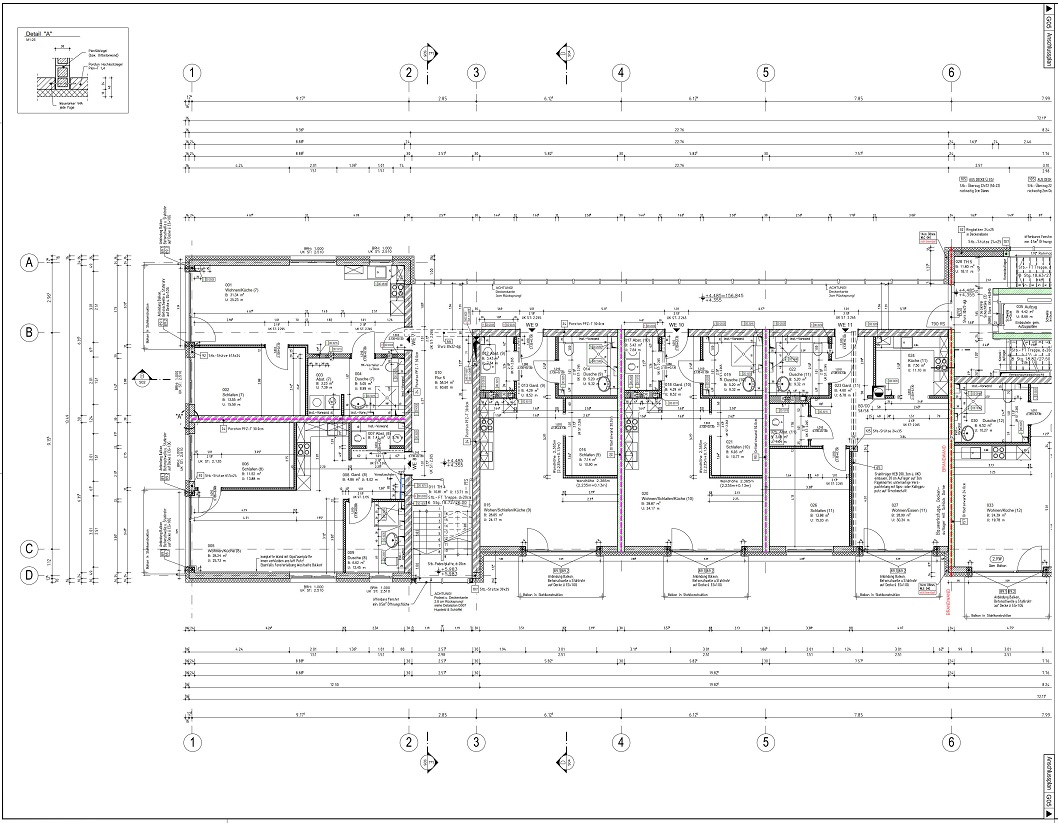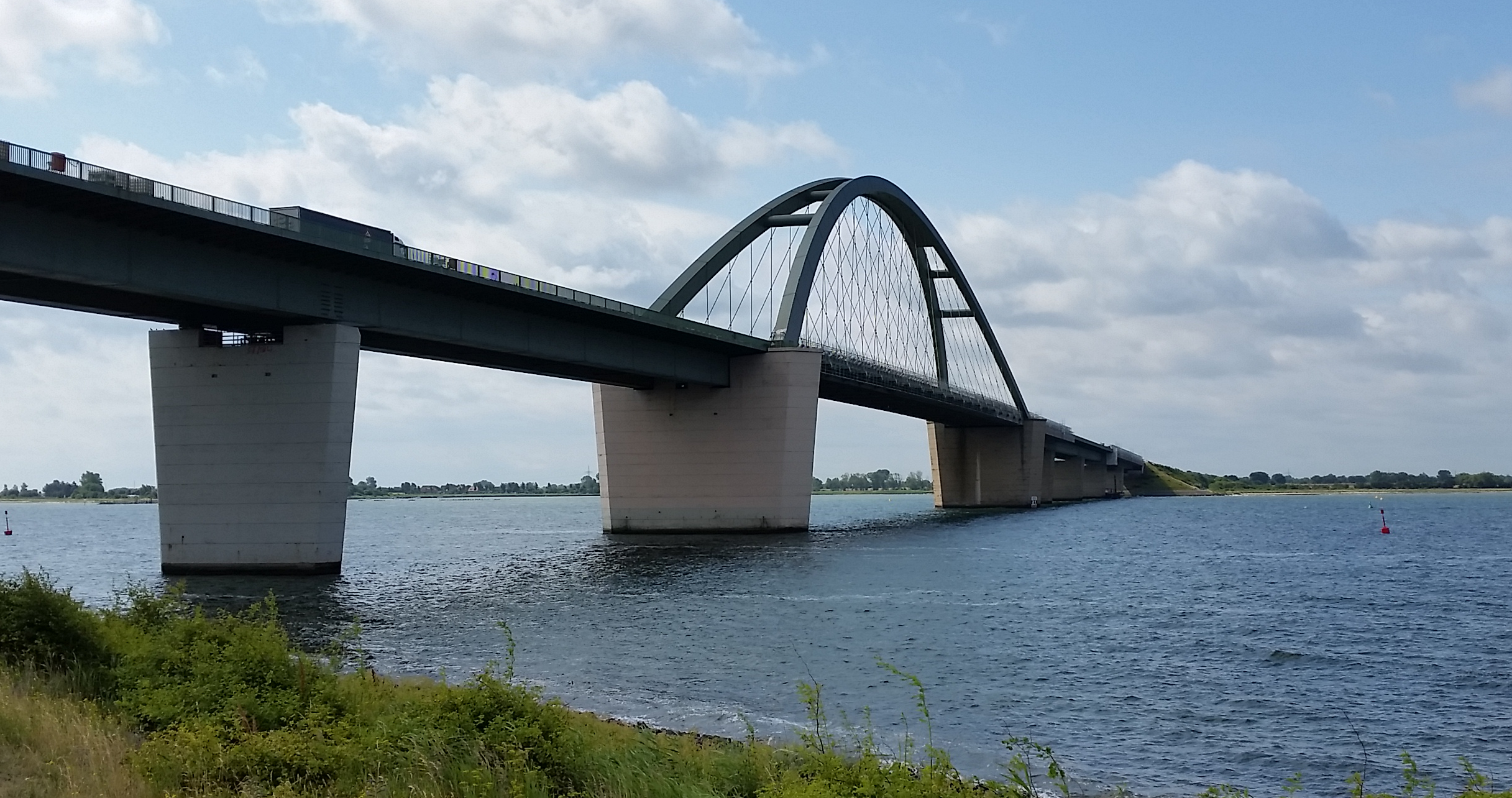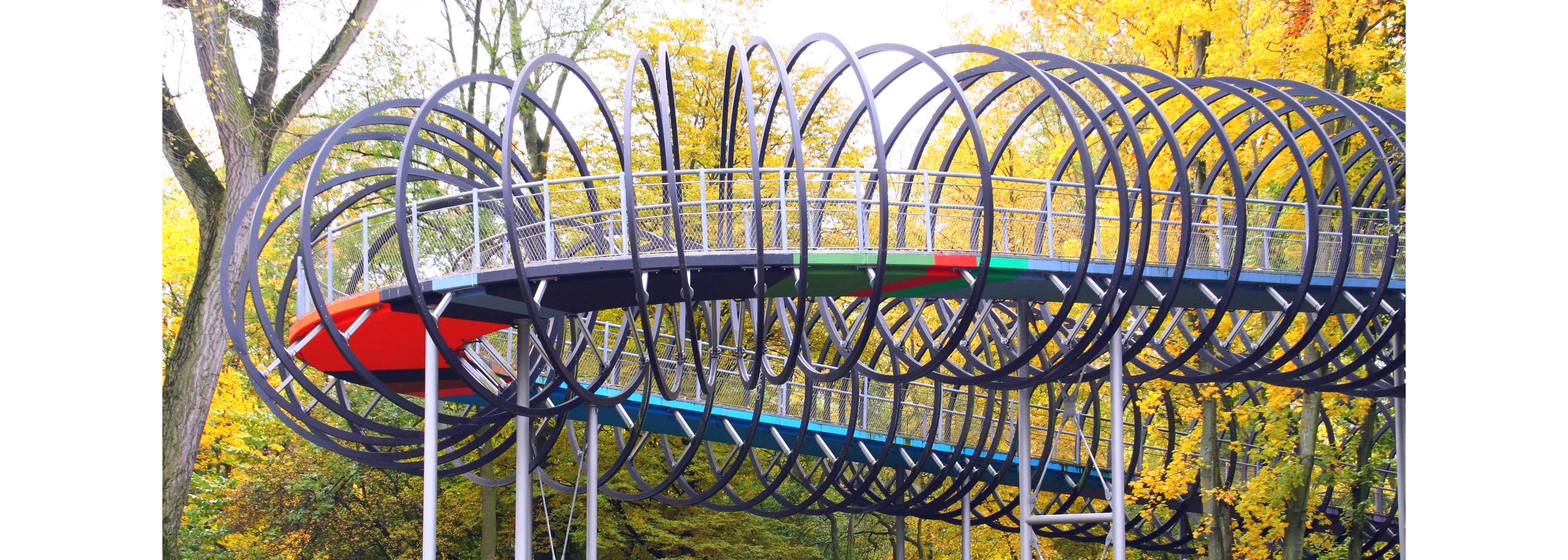
- Lehrende(r): Carolin Birk
- Lehrende(r): Jan Germes
- Lehrende(r): Jan Germes
- Lehrende(r): Lisa Hielscher
- Lehrende(r): Christian Karl
Dieser Kurs vermittelt grundlegende Kenntnisse zur Idealisierung und Berechnung statisch unbestimmter Stabtragwerke.
Pflichtmodul im B.Sc.-Studiengang "Bauingenieurwesen".
Vermittelt werden die Grundlagen der Idealisierung, des Lastabtrags sowie der Schnittkraft- und Verformungsberechnung statisch unbestimmter Stabtragwerke. Die behandelten Themen umfassen:
- Eigenschaften und Tragverhalten statisch unbestimmter Systeme
- Kraftgrößenverfahren
- Drehwinkelverfahren
- Einflusslinien statisch unbestimmter Systeme
- Bestimmung der maximalen Systemantwort bei veränderlicher Belastung
- Einführung in die computergestützte statische Berechnung von statisch unbestimmten Tragwerken

- Lehrende(r): Carolin Birk
Wahlpflichtmodul im MSc-Studiengang "Bauingenieurwesen", Studienrichtung Konstruktiver Ingenieurbau.
Vermittelt werden die Grundlagen der linearen Schalenstatik. Die behandelten Themen umfassen:
- Tragwirkung und Klassifikation von Schalentragwerken
- Membrantheorie von Rotationsschalen
- Biegetheorie von Rotationsschalen
- Berechnung zusammengesetzter Flächentragwerke
- Einführung in die computergestützte Berechnung von Schalentragwerken
- Lehrende(r): Carolin Birk
Wahlpflichtmodul im MSc-Studiengang "Bauingenieurwesen", Studienrichtung Konstruktiver Ingenieurbau.
Vermittelt werden die Grundlagen der dynamischen Analyse von diskreten Systemen und kontinuierlichen Tragwerken. Die behandelten Themen umfassen:
- freie and erzwungene Schwingung von Ein- und Mehrfreiheitsgradsystemen
- Eigenfrequenzen und Eigenformen, modale Analyse
- numerische Integration, Zeitschrittverfahren
- Einführung in die computergestützte dynamische Berechnung von Tragwerken
- Antwortspektrenmethode
- Wind, Erdbeben, menschenerregte Schwingung: Beschreibung der dynamischen Belastung und Auswirkungen auf Tragwerke; Tragwerksentwurf für dynamische Lastfälle

- Lehrende(r): Carolin Birk
- Lehrende(r): Tobias Kuhn
The aim of this course is to introduce students to the concepts and techniques involved in structural dynamics and their practical applications in structural and mechanical engineering. This course begins with an introduction of the dynamics of simple structures and then develops the fundamental knowledge of vibration analysis of multi‐degree‐of‐freedom structures and continuous structures. It covers explicit and implicit time‐integration methods as essential tools for computational structural dynamics analyses. Students will develop an understanding of the nature of dynamic loads produced by typical sources and acquire the ability to assess the response of structures to such loads. They will also develop the ability to apply commercial (finite element) software to structural dynamics.
Content:
- Fundamentals of structural dynamic analysis for discrete and continuous structures
- Free and forced vibration of single and multiple‐degree‐of‐freedom systems
- Normal modal analysis
- Transient dynamic analysis by numerical integration
- Explicit and implicit methods
- Response spectrum methods
- Introduction to nonlinear dynamic analysis of structures
- Design of tuned mass damper

- Lehrende(r): Carolin Birk
Learning Objectives
Students will learn to construct two-dimensional design sketches with basic elements of a CAD programme. In addition, three-dimensional modelling of systems, based on these two-dimensional sketches, will be learnt. Based on CAD-modelling, the participants will learn to create a processed link
of the recorded data for the analysis of structures from the data base of the CAD-programme. The students will learn the automatic generation of input data for computing programmes, based on the data recorded in the CAD-modelling. The covered topics will be enlarged upon by rendering practical examples.
- Lehrende(r): Ernst Baeck
- Lehrende(r): Carolin Birk
- Lehrende(r): Richard Ostwald